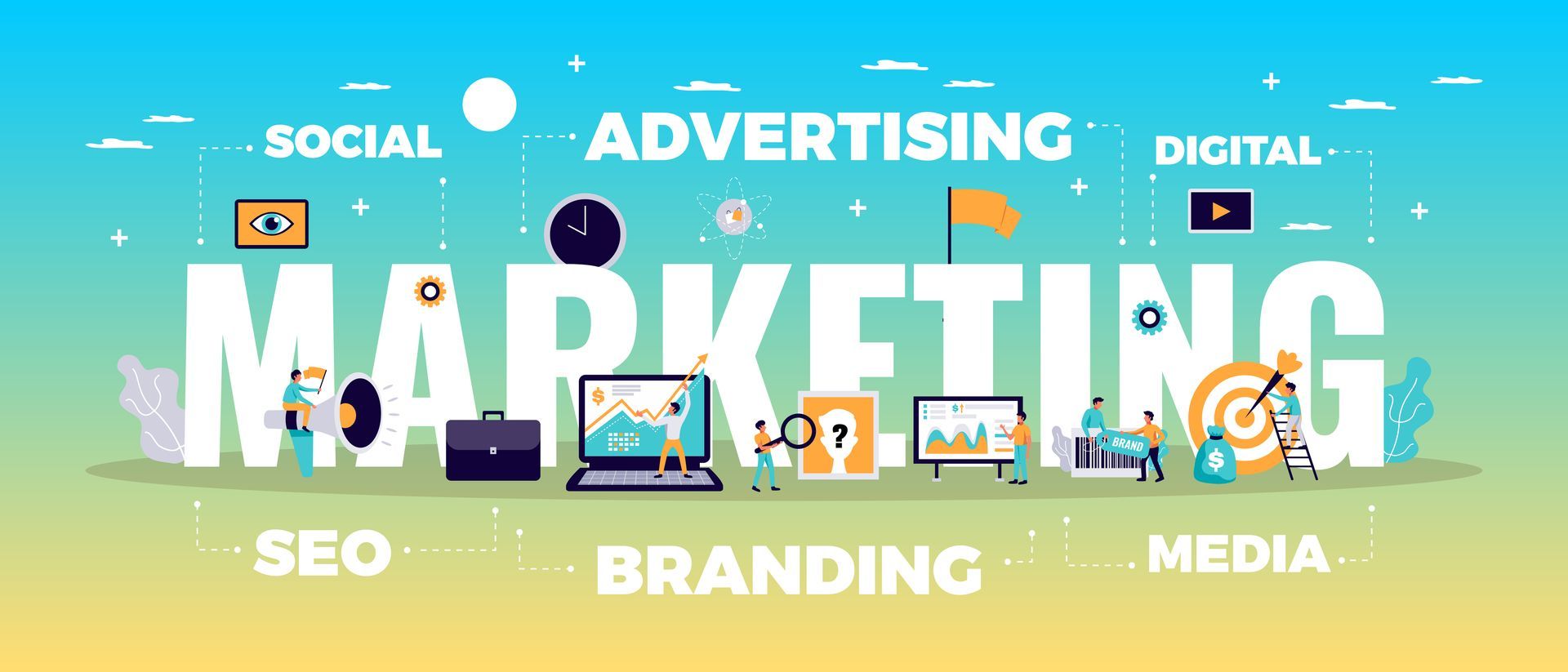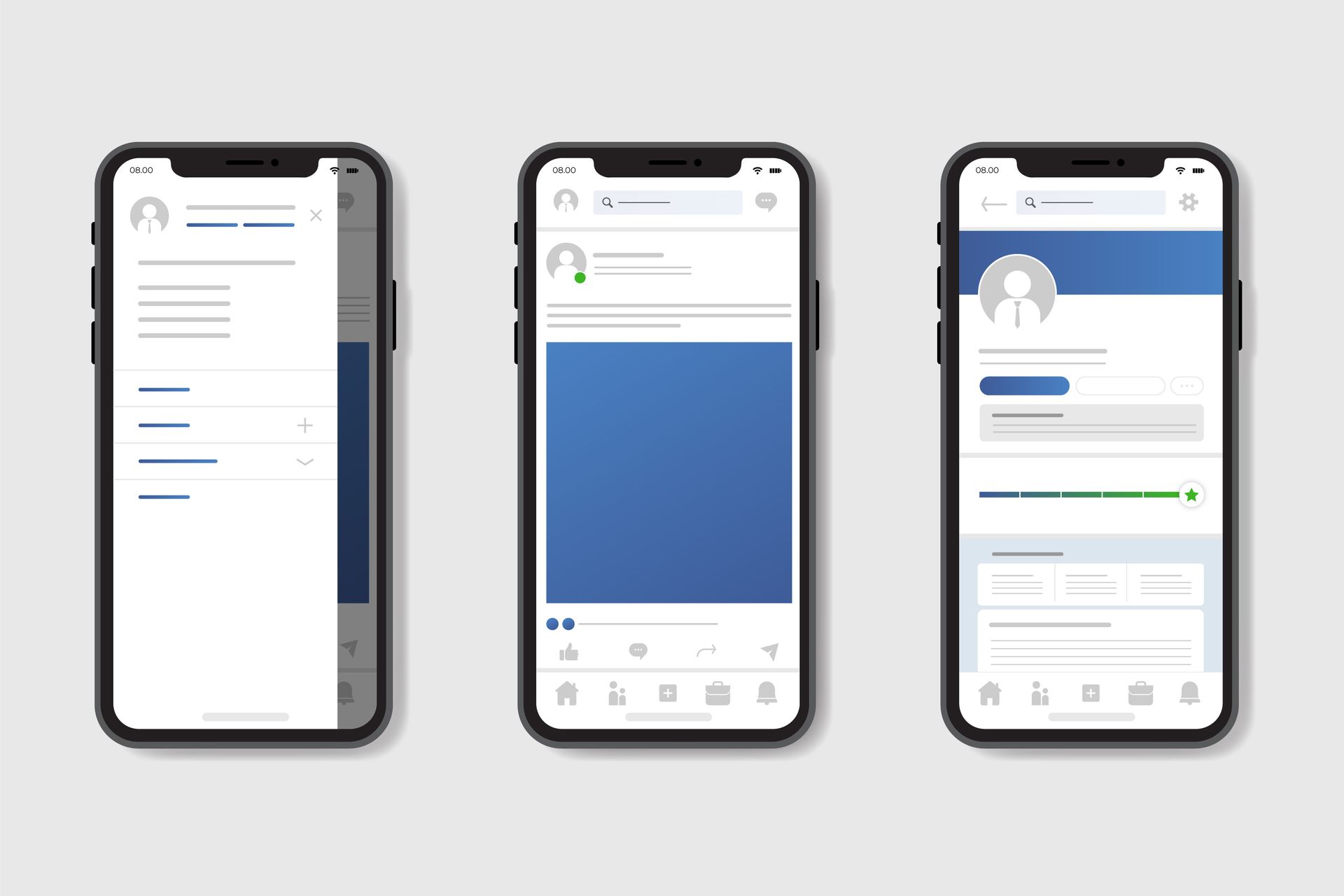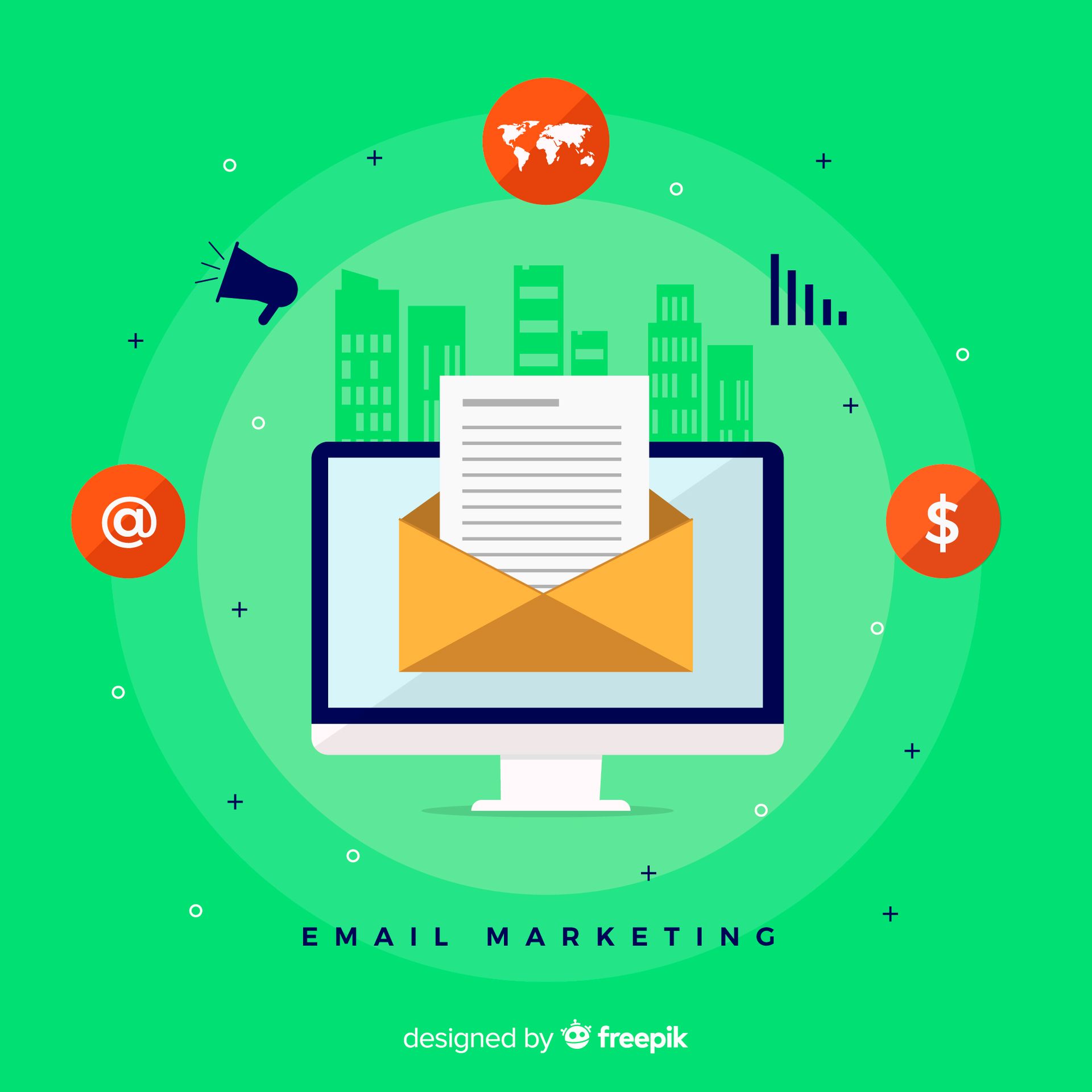October 27, 2025
The UK travel market is going through an exciting transformation. It’s a dynamic period driven by a renewed appetite for travel and, perhaps most notably, a rapidly increasing comfort level with Artificial Intelligence (AI) among holidaymakers. For SME travel companies in the UK, understanding this shift isn’t just interesting—it’s absolutely critical for success. The way people plan, research, and book their trips is changing, and those who adapt will be best placed to capture the rising wave of demand. Recent research has unveiled some fascinating trends about British travellers, confirming that they are set to travel more often in 2026 and are embracing technology to make it happen. This article will dive into these key findings, explore what’s motivating modern travellers, and provide you with actionable insights to leverage these trends, especially the AI revolution, to grow your business. Get ready to discover how to future-proof your offering and make 2026 your busiest year yet! The AI Adoption Boom: Younger Generations Lead the Charge The headline news for the travel industry is the unmistakable rise of AI in the booking and planning process. While the overall comfort level with using AI for booking is around 38% of UK adults, the momentum is being driven by the younger demographic. The research shows a massive difference in how generations are interacting with AI: Gen Z (62%) and Millennials (57%) are significantly more likely to be using AI to plan or research their trips. The comfort level with booking via AI is also much higher among these groups, with 56% of Gen Z and 59% of Millennials open to booking this way. This isn't just a niche trend; it's a fundamental change in how a large segment of your future customer base expects to interact with travel providers. These younger travellers, who are often booking more trips overall, are effectively stress-testing AI-driven systems and proving that they trust the technology enough to commit their holiday plans and money to it. The takeaway here is clear: AI is moving from a futuristic concept to an expected utility. For SME travel businesses, this means that simple, efficient, and personalised digital experiences are no longer a 'nice to have'—they are essential for attracting and retaining the next generation of travellers. Utilising technology like Travelgenix's intuitive booking platform and integrated customer management tools allows you to meet this demand for seamless, tech-enabled planning and booking. Planning Ahead and Prioritising Value Beyond AI, the British traveller is demonstrating some other notable habits that SME travel companies should be aware of. Firstly, they are Europe’s most conscientious planners. UK travellers book their holidays an average of 4.9 months in advance, compared to a regional average of 3.4 months. Even Gen Z and Millennials, who are taking more frequent trips, are still planning well in advance (4.4 and 4.5 months ahead, respectively). This is great news for businesses, as it provides a solid window for marketing, inventory management, and securing early bookings. Secondly, while the willingness to travel remains high (77% plan the same or more trips in 2026), value remains critical. The top three triggers that convert a traveller’s interest into a confirmed booking are highly revealing: A special offer (38%) A positive review (34%) An added extra (24%) These conversion triggers highlight that travellers are looking for a deal, but they also place immense trust in social proof (reviews) and value added amenities (like late check-out or a room upgrade). This suggests that your marketing strategy needs to be a delicate balance of competitive pricing and demonstrating superior value and quality. Key Takeaways Key Takeaway 1: AI is the New Normal Gen Z and Millennials are driving the AI adoption curve, with over half comfortable booking holidays using AI. SME travel companies must integrate simple, efficient AI-assisted tools for research and booking to remain competitive with these high-volume travellers. Key Takeaway 2: Plan and Personalise UK travellers are planning earlier than their European counterparts, creating a long sales window. Focus marketing efforts on special offers, maintaining a high volume of positive reviews, and offering added-value extras to convert early interest into confirmed bookings. Key Takeaway 3: The Power of Passion Lifestyle interests like food and drink (49%), family time (45%), and passion-led trips (music, sports, culture) are increasingly shaping travel decisions. Businesses should create highly targeted, niche packages that cater to these specific interests. The Evolution of the Trip: Passion, Indulgence, and Flexibility Today’s traveller is less interested in just a destination and more interested in an experience. Holidays are increasingly being shaped around lifestyle interests and personal passions. Food and drink (49%) and time with family (45%) top the list of holiday priorities. More than half (56%) of UK adults have taken a trip to follow a passion, whether it’s for a concert/festival (49%), a sporting event (45%), or active/outdoor activities (31%). Among 25–34-year-olds, a significant one in five take a passion-led trip several times a year. This offers a huge opportunity for SME travel companies to design highly specific, unique packages that cater directly to these niche interests. Another emerging trend is 'lux-scaping'—the art of injecting a little bit of luxury into a trip that might otherwise be mid-range. A significant 46% of adults have booked a high-end hotel at the start or end of a trip, showing that travellers are happy to blend value with an occasional splurge. This also applies to services, with travellers willing to pay extra for flexibility, such as late check-out (31%) and early check-in (27%). This demand for customised, experience-rich travel is where a flexible and powerful booking system like Travelgenix truly shines. Our solutions are designed to handle complex, multi-component itineraries, allowing you to easily package flights, niche events, high-end accommodation components, and added-value extras (like airport transfers or late check-out options) to meet the modern traveller’s bespoke demands. Finally, the trend of country hopping is on the rise, with over 40% of Brits planning or considering a trip that includes two or more countries in 2026. Destinations like Oslo, Copenhagen, Rabat, and Split/Zagreb are trending, suggesting a strong appetite for multi-city or multi-country itineraries. Five Actionable Tips for SME Travel Companies The landscape is changing, but these changes present incredible opportunities for agile SME travel companies in the UK. Here are five actionable tips to help you capitalise on these emerging trends for 2026 and beyond: Embrace AI for Customer Interaction, Not Just Transactions: While Gen Z and Millennials are comfortable booking with AI, your first step should be to use AI for research, planning, and instant support. Integrate AI-powered chatbots for 24/7 customer service and use intelligent tools to offer personalised itinerary suggestions based on a traveller's initial queries. This meets the demand for high-tech interaction without fully automating the complex booking decision. Travelgenix tools can help you streamline and manage these digital customer interactions efficiently. Develop Highly Niche, Passion-Led Packages: Move beyond generic holiday types. Create specific packages tailored to the identified passion points: a "London Music Festival & Foodie Break," a "Scottish Highlands Active Adventure," or a "Croatian Country-Hopping Food Tour." These niche products are more likely to be shared, generate buzz, and convert the growing segment of travellers looking for an experience built around their interests. Harness the Power of Reviews and Social Proof: With positive reviews being the second-highest conversion trigger, make review collection an essential part of your post-booking process. Actively encourage customers to leave feedback, feature your best reviews prominently on your website, and use a reliable system to quickly address and resolve any negative comments. Transparency builds trust, which is vital when competing in an increasingly digital marketplace. Structure Offers Around Flexibility and Added Value: Recognising that travellers are willing to pay for flexibility, structure your pricing to make it an easy choice. Offer tiered packages that include add-ons like flexible cancellation, early check-in, or room upgrades for a small fee. This increases your average booking value while satisfying the traveller's desire for a less rigid experience. Optimise Your Online Platform for Early Bookers and Complex Itineraries: Since UK travellers book early, ensure your online booking engine is fast, mobile-friendly, and capable of handling complex, multi-component trips (like multi-country journeys or 'lux-scaping' blends of accommodation). A robust, flexible platform is non-negotiable for capturing these lucrative, early, and high-value bookings. Travelgenix specialises in providing the technology that makes selling these intricate itineraries simple and seamless for both you and your customers.













